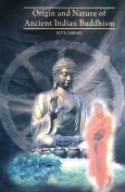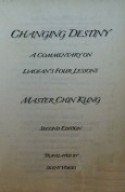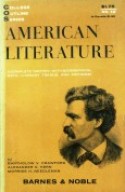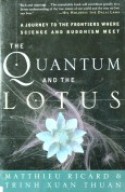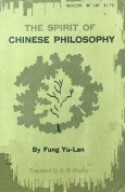Tìm Sách
Sách tiếng Anh-English >> Buddhist Texts through the ages
Thông tin tra cứu
- Tên sách : Buddhist Texts through the ages
- Tác giả : Edward Conze
- Dịch giả :
- Ngôn ngữ : Anh
- Số trang : 322
- Nhà xuất bản : Harper Torchbooks USA
- Năm xuất bản : 1964
- Phân loại : Sách tiếng Anh-English
- MCB : 1201000000343
- OPAC :
- Tóm tắt :
BUDDHIST TEXTS THROUGH THE AGES
Newly translated from the original
PALI, SANKRIT, CHINESE, TIBETAN, JAPANESE AND APABHRAMSA
Edited by
EDWARD CONZE
in collaboration with
I.B. Hoener, David Snellgrove, Author Waley
INTRODUCTION
A comprehensives Anthology of Buddhist Text has never before been anthology of Buddhist Texts has never before been attempted. The documents are distributed over so many languages that no one person could aim at knowing them all. More than a dozen collections of texts from the Pali Scriptures have been published and a fairly representative collection of Mahayana passages, translated by Prof. M. Winternitz, has appeared in German. But there is not corresponding publication in English for the Tantras, or for China and Japan. The overwhelming majority of the texts preserved in Sanskrit. Tibetan and the Far Eastern languages are still un translated. Even where English translations of Mahayana text exist, they were in most cases carried out at a time when the particular idiom of these texts was only imperfectly understood. Only in recent years has it become possible to translate accurately, and work done in the middle of the 20th century is likely to be greatly superior to anything done fifty or more year ago.
All the texts in this book have been newly transited from the originals. The book is designed as a sequel to Dr. Conze `s book Buddhism, which seemed to the give a sufficiently authentic account of the development of Buddhist thought to serve as a basic for a collection of texts. In this Anthology only texts are given. They have not been encumbered with notes, on the assumption that the reader can find all the explanation that may be required in Dr. Conze book. Considerable attention has been given to the problem of ensuring uniformity in the rendering of technical terms. A Glossary provides a lists of the main terms, with their Sanskrit equivalents. Ina number of cases we decided not to translate the term at all, as words such as Buddha, Dharma, Nirvana and other are likely in due course to be absorbed into the English language.
TABLE OF CONTENTS
Introduction
First part :The teaching of the elders
The Samgha
The order of monks and nuns
Skill in means
Arahants
The buddhist apocalypse
The dhamma
The five faculties
Conditioned genesis
The Buddha and Tathagata
Second part: The Mahayana
Basic notions
Criticism of the Hinayana position
The Bodhisattva
The six perfections
The Buddha
New wisdom school
The perfection of wisdom
The elusiveness of the perfect wisdom
The doctrine of perfect wisdom
Emptiness
The Buddhism of faith
Faith
The acts and rewards of devotion
The objects of devotion
The pure land
Yogacarins
Mind only
Twofold egolessness
Irreality of the world
The Buddhas as the basis of all
Third part : The tantras
Fourth part: Texts from China and Japan
Texts originating in India
Texts originating in China and Japan
 Facebook
Facebook
 Google
Google
 Google+
Google+



